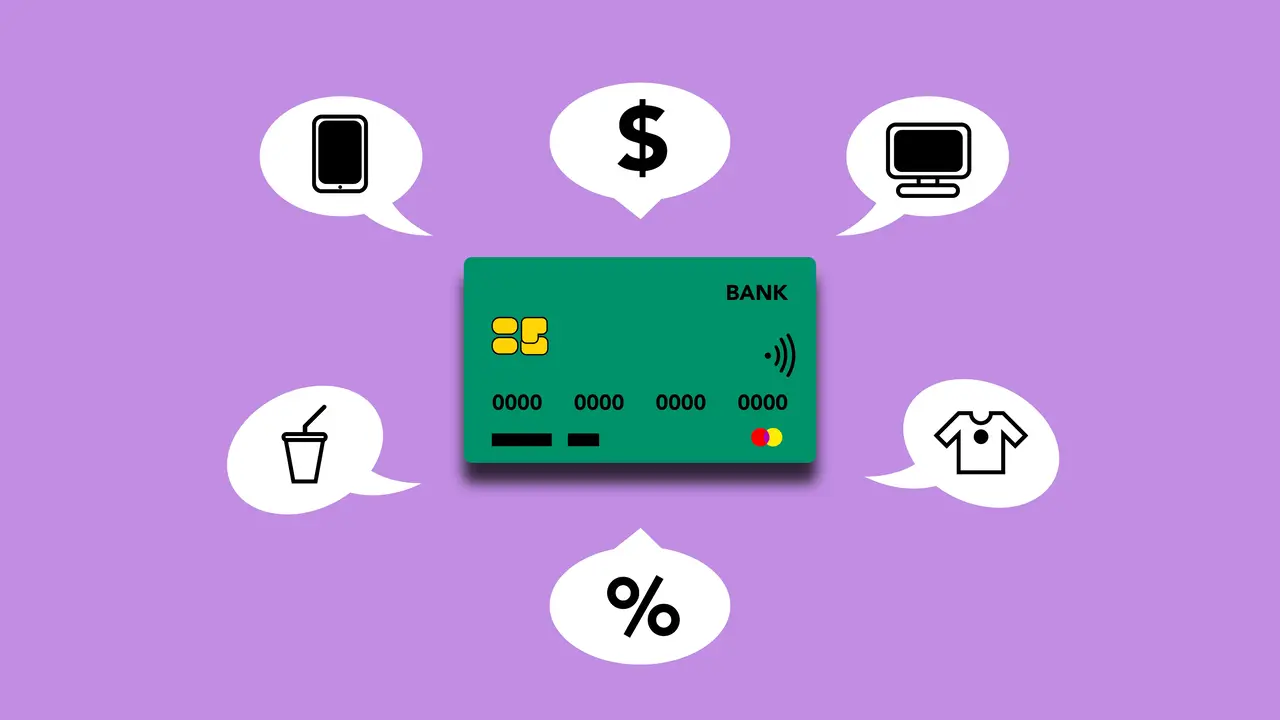Effectively Monitor Prescription Drugs with PDMP Resources
- 4 September 2023
Prescription drug monitoring programs (PDMPs) are increasingly being used to control the abuse and misuse of opioids. The PDMP is a comprehensive electronic database that collects, stores and monitors prescribing and dispensing information for controlled substances in an effort to reduce opioid abuse. The goals of these systems are to track patients' medication use, identify potential issues with prescription drug abuse and alert physicians and pharmacists if they find any inappropriate activity. This article will provide an overview of PDMP resources and discuss how they can be used effectively to help monitor prescription drugs.
Prescription Drug Monitoring Programs
Most states have some form of prescription drug monitoring program (PDMP), which is a database that tracks controlled substances that are prescribed by licensed practitioners. The PDMP can help to identify patients who may be at risk for prescription drug abuse or diversion.
The PDMP can also be used to improve prescribing practices and to monitor patient compliance with treatment plans. In some states, the PDMP is integrated with the state's health information exchange (HIE). This allows for real-time data sharing between prescribers and dispensers, which can help to reduce prescription drug abuse and diversion.
There are a number of different PDMP resources available, including the National Association of Boards of Pharmacy's PDMP Interconnectivity Toolkit and the Substance Abuse and Mental Health Services Administration's Prescription Drug Monitoring Program Portal. These resources can help state agencies to develop and implement their own PDMPs.
The Benefits of a Prescription Drug Monitoring Programs
There are many benefits to using a Prescription Drug Monitoring Program (PDMP), including:
-Helping to identify patients who may be at risk for prescription drug abuse or diversion
-Detecting inappropriate prescribing practices
-Improving patient safety
-Reducing the number of emergency department visits and hospitalizations related to prescription drug overdoses
-Decreasing the number of deaths from prescription drug overdoses
-Providing data that can be used to inform public health initiatives aimed at reducing prescription drug abuse
PDMP Features Offer Healthcare New Resources
PDMP features offer healthcare new resources to help identify and track patients who may be at risk for prescription drug abuse. PDMPs can also help assess which patients are using multiple prescriptions from different providers, a practice that can lead to dangerous drug interactions.
Invaluable Resource or Threat to Patient Privacy?
The use of prescription drug monitoring programs (PDMPs) has become a controversial topic in recent years. Some argue that PDMPs are an invaluable resource for effectively monitoring prescription drugs, while others contend that they threaten patient privacy.
PDMPs are designed to track the prescribing and dispensing of controlled substances in order to identify potential abuse or diversion. Most states now have some form of PDMP in place, and many require prescribers and dispensers to register with the program and query the database before prescribing or dispensing certain drugs.
Proponents of PDMPs argue that they help to identify patients who may be abusing drugs, allow clinicians to intervene early to prevent further abuse, and provide valuable data for research on prescription drug abuse. However, critics contend that PDMPs invade patient privacy, are subject to misuse and abuse, and do not effectively address the underlying problem of prescription drug abuse.
What do you think? Are PDMPs an invaluable resource or a threat to patient privacy?
How to Use a PDMP
If you are a health care professional, you can use a Prescription Drug Monitoring Program (PDMP) to track patients' controlled substance prescription history. By doing so, you can more easily identify patients who may be at risk for abuse or diversion.
To use a PDMP, simply create an account and login. Then, you will be able to search for patients by name or prescription number. Once you have found the patient you are looking for, you will be able to view their controlled substance prescription history.
It is important to note that PDMPs are confidential databases. That means that only authorized users can access them. Additionally, all data is protected under state and federal laws.
Monitoring Programs for Positive Future Outcomes
As the use of prescription drugs continues to increase in the United States, so does the need for effective monitoring programs that can help ensure positive future outcomes for patients. Prescription drug monitoring programs (PDMPs) are one such tool that can be used to track the prescribing and dispensing of controlled substances.
PDMPs collect data from pharmacies and dispensing practitioners about the prescribing and dispensing of controlled substances. This information can then be used to identify trends in prescribing and dispensing practices, as well as to monitor individual patients' use of controlled substances.
PDMPs can be an important resource for healthcare providers when making decisions about prescribing controlled substances. They can also help flag potential red flags for patients who may be at risk for abuse or diversion of their medications.
If you are a healthcare provider who prescribe or dispense controlled substances, it is important to be aware of your state's PDMP and how to access its data.
Getting Started with a PDMP
If you’re a prescriber, dispenser, or pharmacy, you can use prescription drug monitoring program (PDMP) data to make more informed decisions about patient care. Here’s how to get started:
First, create an account with your state PDMP. Once you have an account, you can log in to view data on patients’ controlled substance prescriptions. You can also request reports on specific patients or groups of patients.
Next, familiarize yourself with the types of data that are available through the PDMP. This includes information on the patient’s demographics, the prescriber, dispenser, and pharmacy; the drug name, strength, and quantity; and the date of fill.
Finally, start using the PDMP data to inform your prescribing decisions. For example, you may use it to:
-Identify patients who are at risk for opioid abuse or overdose
-Monitor patients who are prescribed multiple controlled substances
-Detect “doctor shopping” behavior
By using PDMP data, you can help ensure that your patients receive the safest and most effective care possible.
Conclusion
PDMPs are an invaluable resource for healthcare providers who wish to effectively monitor prescription drugs. By using the PDMP database, practitioners can track a patient's drug history, create customized alerts and notifications, and even collaborate with other states in order to ensure that patients receive safe and responsible medication management. With all these features at their disposal, healthcare providers can be sure that they’re doing everything in their power to protect both the health of their patients as well as the public health at large.
"
Power Your Business with Smart AI Solutions
Contact Us Schedule a ConsultationRecent Posts

Building a Scalable SaaS Architecture

Optimizing Banking using AI and Predictive Analysis

Neobanks & Technology: Disruption in Banking Industry

The ultimate guide to Product Design Process
Contact us
Contact us right now and let us be your reliable partner for developing enterprise & web apps.
Contact Us
